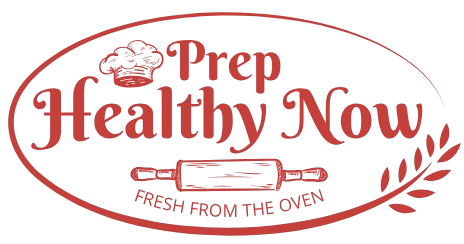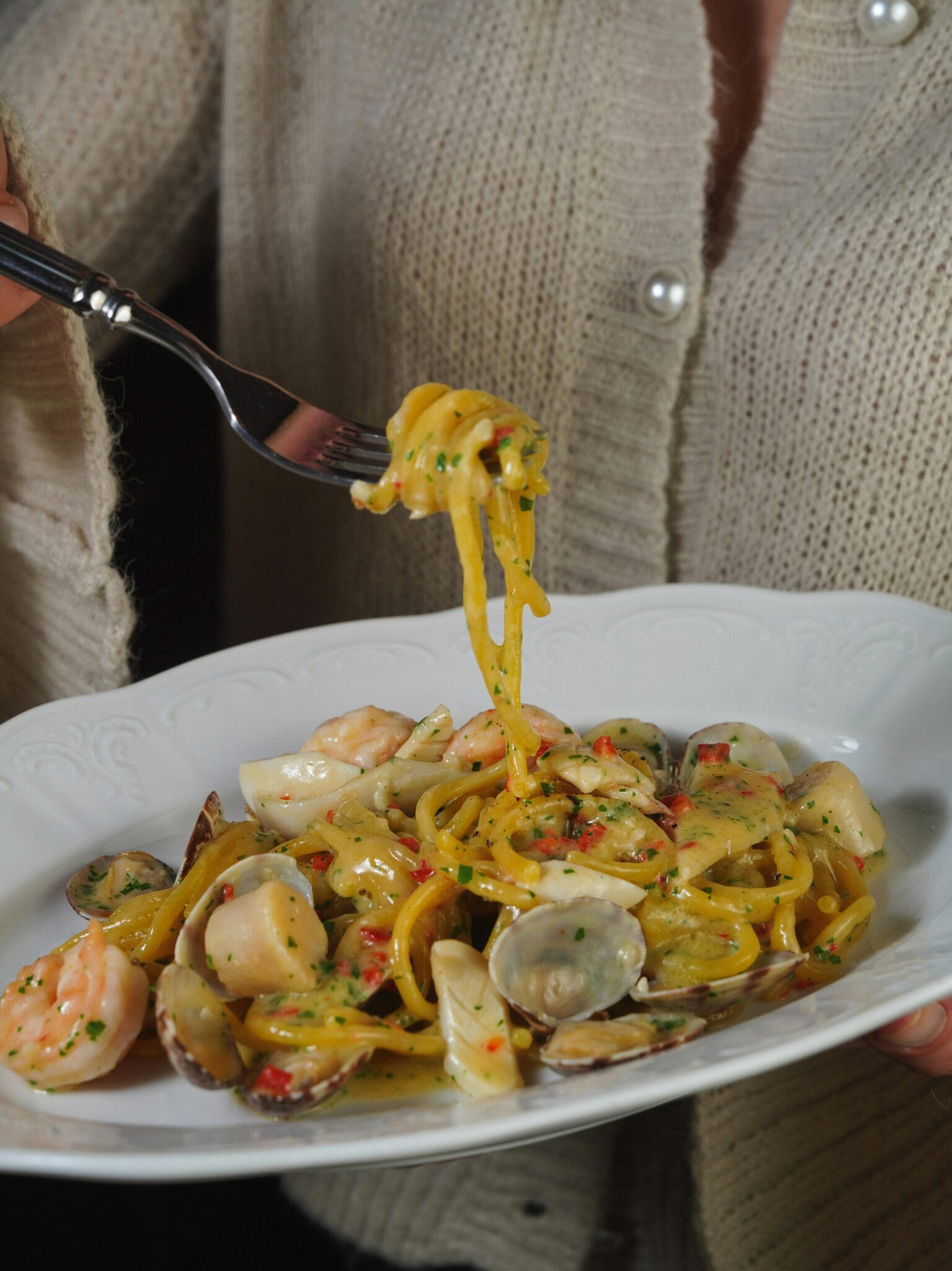Recipe blogs are like hidden gems, each post offering a delicious journey filled with flavors, stories, and the joy of home-cooked creations to share and savor
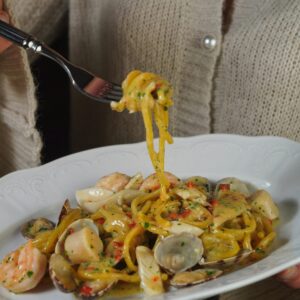
Garlic Butter Shrimp Pasta
Ingredients
- 200 g spaghetti
- 2 tbsp butter
- 400 g shrimp
- 1 tbsp lemon juice
- 1 Salt and pepper to taste to taste
- 2 tbsp chopped parsley
Instructions
- Cook 200g of spaghetti in salted water according to package instructions. Drain and set aside.
- Mince 3 garlic cloves and chop fresh parsley. Peel and devein 400g of shrimp.
- Melt 2 tablespoons of butter in a large skillet over medium heat. Add garlic and sauté for 1 minute until fragrant.
- Add shrimp to the skillet. Season with salt, pepper, and a pinch of chili flakes. Cook for 2–3 minutes per side until pink and fully cooked.
- Add the drained spaghetti to the skillet. Squeeze in 1 tablespoon of lemon juice and toss everything together until well combined.
- Garnish with chopped parsley. Serve hot and enjoy!
Notes
A well-written recipe is clear and uncomplicated.
Not all recipes are the same. Some are clear, straightforward, and easy to follow, while others feel disorganized and confusing.
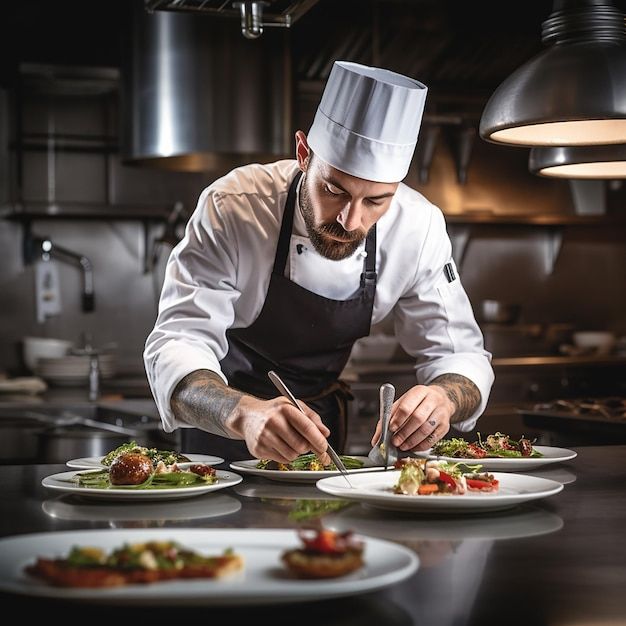
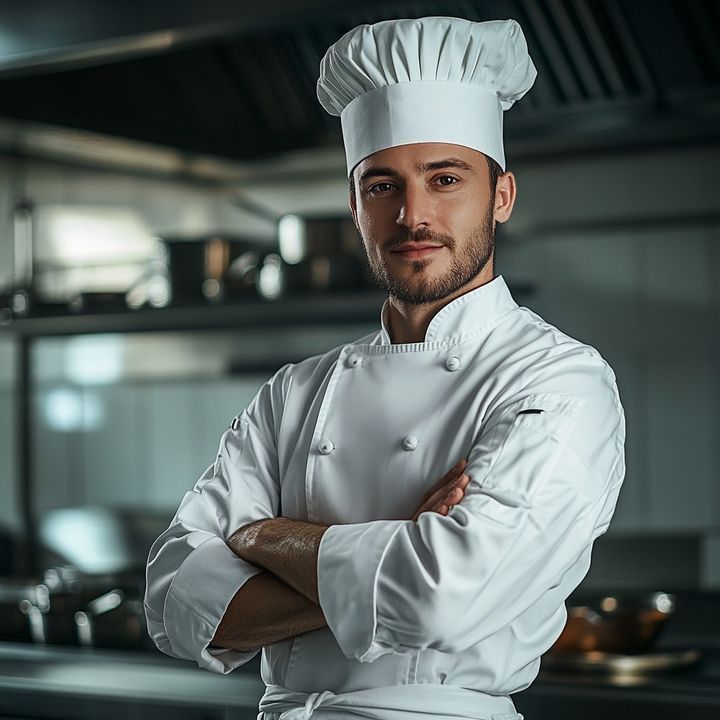
Without clear instructions, your cooks can’t figure out how to prepare your dish, follow your techniques, or understand your cooking tips and tricks.
Clear recipes help cooks move smoothly from step to step without confusion. When your instructions are well-written, readers are more likely to return, share your recipe, and explore more of your creations.
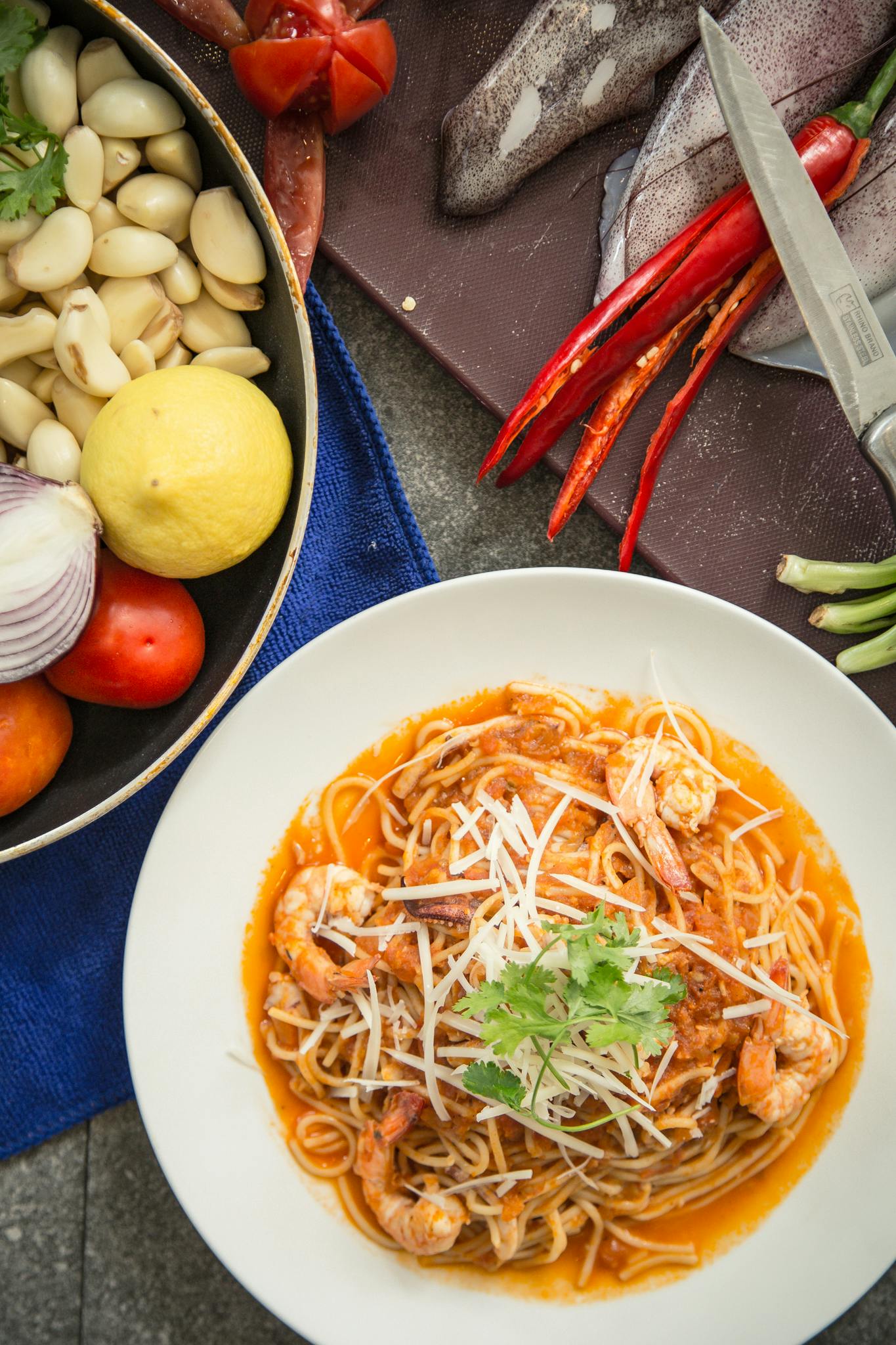
Bad recipe instructions are an especially common problem. We’ve all struggled to follow disorganized recipes without any logical structure. It feels hopeless.
Using “complex cooking techniques”. Because a recipe generally carries a lot of steps, complex techniques result in low success rates and “frustration” for cooks, especially those who are beginners.
Creating flow and clarity in recipes.
In cooking, rhythm is created by simply repeating steps in predictable patterns. This repetition is a natural thing that occurs everywhere in our world. As people, we are driven every day by predictable, timed events.
One of the best ways to use repetition and rhythm in recipes is in the preparation steps. A consistent, easy-to-follow pattern—in ingredients, steps, etc.—gives cooks an intuitive roadmap to everything you want to share in your recipe.
Rhythm also plays a role in recipe layout. For instance, breakfast, dessert, and dinner recipes may each follow their own distinct format.
Features that enhance the visual charm of a recipe
Nobody enjoys looking at an ugly recipe page. Garish colors, cluttered images, and distracting fonts can all turn cooks “off” and send them looking “somewhere else”. Basic composition rules to create more effective recipes:
The size and position of elements in a recipe will determine its appeal. An unbalanced recipe generates confusion, which may be the goal in many creative projects, but for recipes that demand repeated use, confusion is not a desirable trait.
Getting into the details of recipe styling
Recipe and Presentation: Two terms that are often used interchangeably, but actually mean very different things. So what exactly is the difference?
Recipe design refers to the term “structure and steps of cooking”, while presentation stands for “final plating and serving”. Both elements are crucial to a dish and work closely together. But despite their relationship, the roles themselves are quite different.
Styles come and go. Good taste is a language, not a style.
Massimo Vignelli
Make ingredient names simple and straightforward.
A thoughtfully crafted recipe leads the cook with clarity and focus. Every detail should serve a purpose, reflecting intention rather than personal taste or fleeting trends.
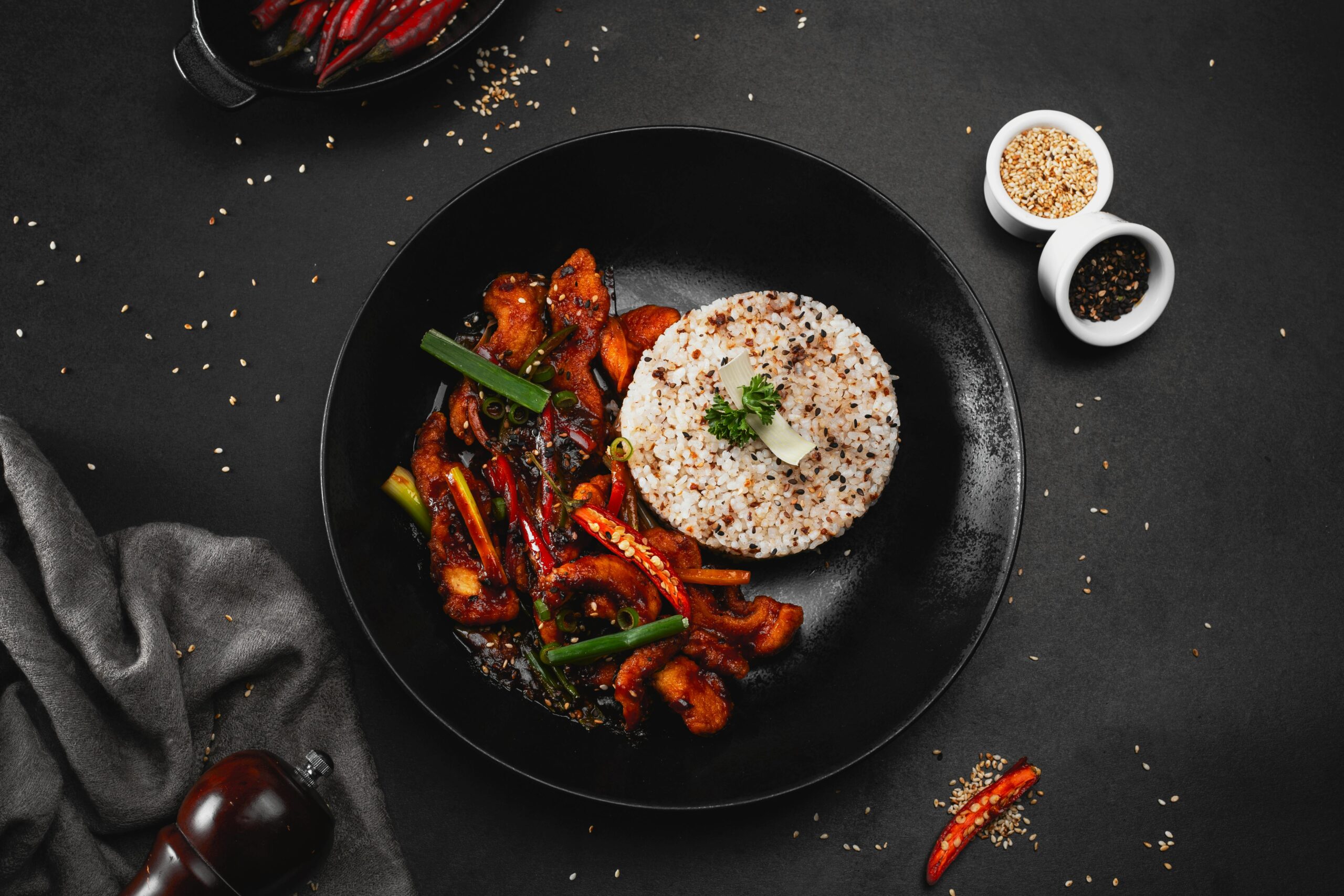
Provide distinct styles for ingredient listings, such as bold text for main ingredients, to make them easy to identify. For example, “highlight the main ingredients” in the steps, “emphasize cooking techniques”, and “note any special equipment”
Making things more approachable
Good recipes are not the end-all solution to all of the world’s culinary problems — but with the right thinking and application, they can definitely be a good beginning to start tackling them.
